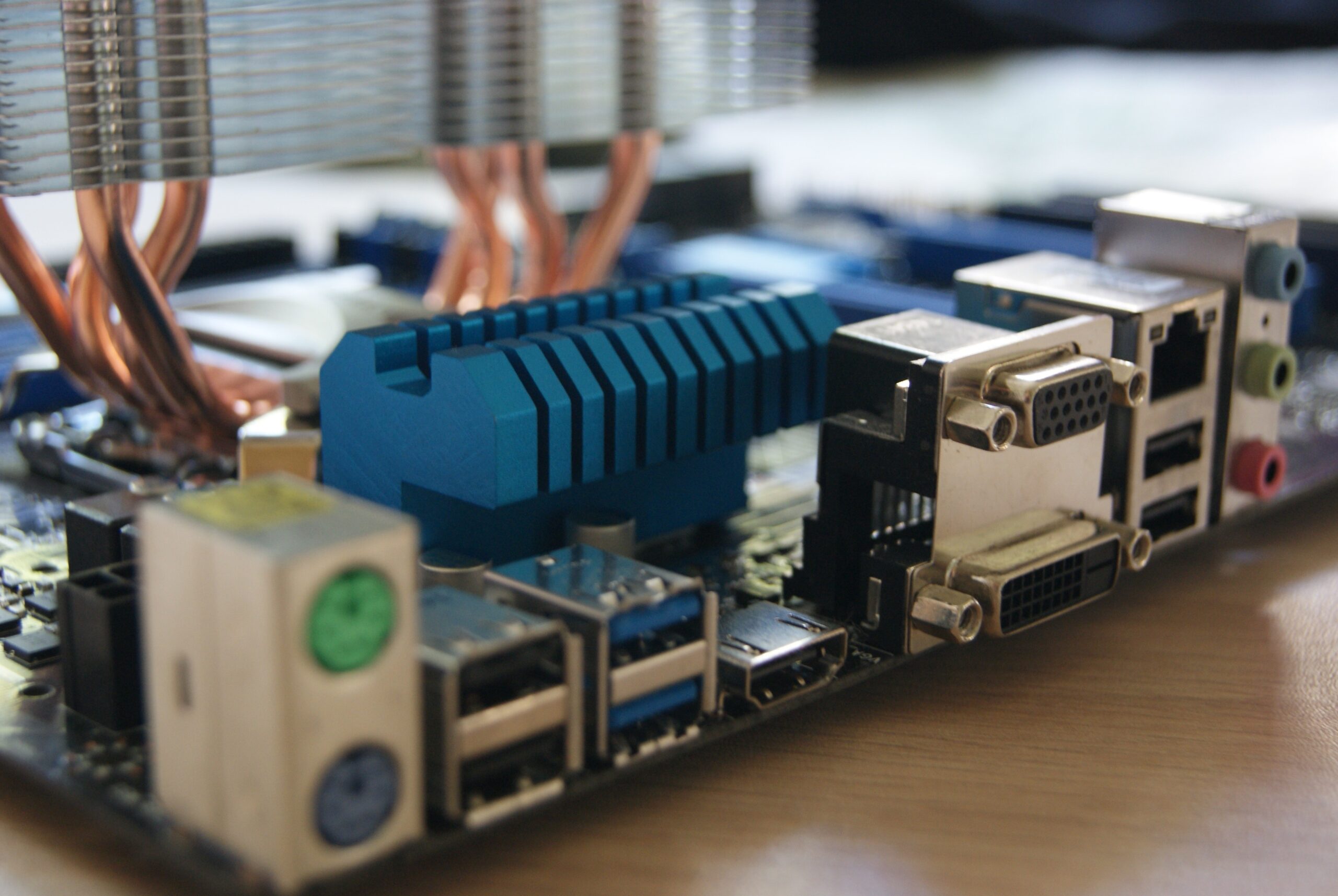
In today’s digital age, where data processing is generated at an unprecedented rate, organizations are constantly seeking innovative ways to process and analyze large volumes of information in real-time. This is where edge computing comes into play, offering a paradigm shift in data processing and enabling the development of real-time applications. By bringing data processing closer to the source, edge computing reduces latency, enhances scalability, and ensures efficient utilization of network resources.
According to research statistics, by 2025, the global data volume is expected to reach 175 zettabytes, with over 75 billion connected devices.
In this blog, we will explore the concept of edge computing, its benefits, and its potential to revolutionize data processing and real-time applications.
The rise of the Internet of Things (IoT) has led to an explosion of connected devices, generating massive amounts of data every second. Traditional cloud computing models, where data is sent to centralized servers for processing, are often ill-suited to handle the sheer volume and speed at which data is generated in IoT applications. This is where edge computing steps in, offering a decentralized approach to data processing.
Edge computing involves moving the processing and analysis of data closer to the network’s edge, near the data source itself. By leveraging edge devices such as routers, gateways, and edge servers, organizations can reduce the latency caused by round-trip data transmission to centralized cloud servers. This proximity to the data source enables real-time analysis, allowing organizations to derive actionable insights and make informed decisions without relying on the cloud.
One of the key benefits of edge computing is its ability to support time-sensitive applications. Industries such as autonomous vehicles, telemedicine, industrial automation, and smart cities require near-instantaneous processing and response times. With edge computing, these applications can operate with minimal latency, ensuring critical operations are not hindered by network delays. For example, autonomous vehicles rely on real-time data processing to make split-second decisions, and edge computing facilitates this by providing low-latency access to the necessary computational resources.
Furthermore, edge computing enhances scalability and reduces the burden on centralized cloud infrastructure. By processing data locally at the edge, organizations can alleviate network congestion and reduce the amount of data that needs to be transmitted to the cloud. This not only improves the overall performance but also reduces bandwidth costs and dependency on cloud providers. Edge computing empowers organizations to scale their applications efficiently, as the processing load is distributed across edge devices, enabling horizontal scaling without relying solely on vertical scaling of centralized cloud servers.
In addition to its performance advantages, edge computing also addresses data privacy and security concerns. With the implementation of stringent data protection regulations, organizations must ensure that sensitive data is handled securely. By keeping data processing at the edge, organizations can minimize the risk of data breaches and unauthorized access. Data can be processed locally and selectively transmitted to the cloud, reducing exposure and maintaining compliance with data privacy regulations.
As we look to the future, the potential of edge computing seems limitless. Its impact extends beyond data processing and real-time applications, with the potential to transform industries and pave the way for emerging technologies such as augmented reality, virtual reality, and artificial intelligence. The combination of edge computing and these technologies opens up new possibilities for immersive experiences, predictive analytics, and intelligent automation.
At Coding Brains, a leading software development company, we recognize the transformative power of edge computing. We are committed to staying at the forefront of technological advancements and providing innovative solutions that leverage edge computing to drive efficiency and enhance user experiences. With our expertise in developing cutting-edge applications, we help businesses harness the power of edge computing, enabling them to unlock the full potential of their data processing and revolutionize their operations.


Leave a Reply